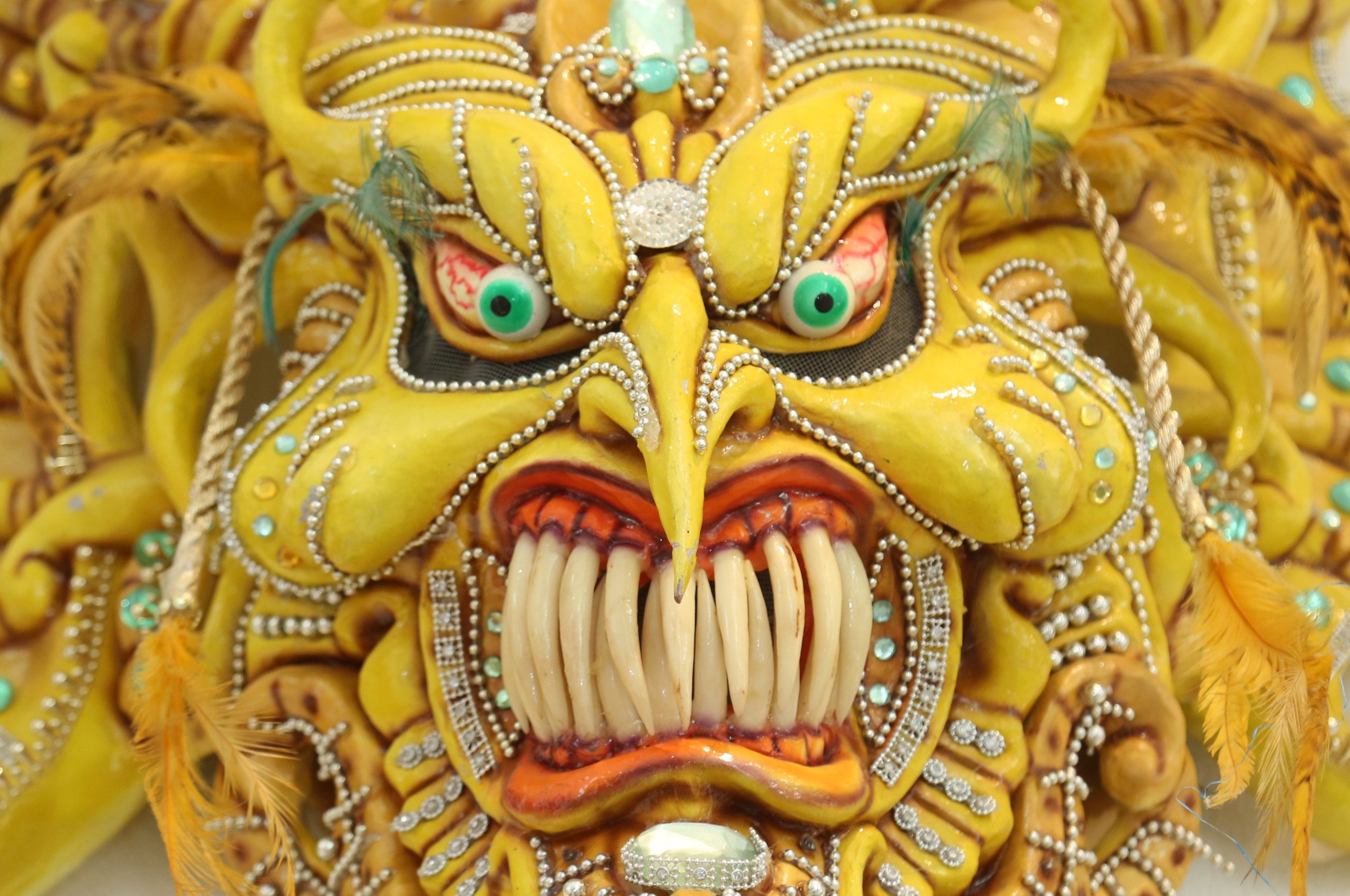Dominican carnivals are a very important celebration for Dominican culture and society. With their great color and spectacularity, they keep alive the freedom, culture, creativity and joy of our people and their people.
It is the most important manifestation of Dominican popular culture, at a cultural, artistic and cultural level, created by the people for their recreation. Carnival is the struggle between life and death, where life triumphs. It is filled with characters from popular creativity, and examples of this are the roba la gallina, califé, among others.
Each year, they are held in different parts of the country, and each has its own unique traditions and characteristics.
In all these carnivals, you can find traditional characters such as the diablos cojuelos, the lechones, the taimáscaros, the culebras, among others, that represent different aspects of the Dominican culture and that make these festivities a unique celebration in the world.
Los Brujos de San Juan is a comparsa in the Santo Domingo Carnival that uses popular elements of the brujos, including handkerchiefs, tobacco, religious figures and atabales. In 2018, the National Carnival Parade is dedicated to San Juan de la Maguana, and Los Brujos have been recognized for their creativity and theater.
Las Damiselas de Cotuí is an all-female comparsa founded in 1999 by Marcia Amparo, who became Carnival queen. The group is known for its colorful paper costumes and has won the Fantasy category in the National Carnival Parade.
The Teatro Cocolo Danzante, also known as Teatro Guloya, is a tradition of workers from the English Caribbean Islands who were brought to the Dominican sugar plantations in the 19th century. They dance the Cocolo dance and celebrate their activities at Christmas, using instruments such as the flute, the redoblante and the triangle.
The Cachúas de Cabral is a comparsa that honors the maroon slaves who settled in the Maniel de Los Naranjos and later became part of what is today Cabral. They parade during Holy Week and Carnival, culminating their celebration with a procession to the municipal cemetery. The cachúas are named for the size of their horns, and the fuete symbolizes the liberated and empowered slave.
Lechones de Santiago: these are groups of people in costume who parade through the streets during carnival. Each neighborhood has its own “careta”, or mask, which the lechones wear to distinguish themselves from each other and avoid fights. Their costumes include bells, ribbons, mirrors and bladders, as well as a belt known as “longaniza”.
The Califé character was born during the Trujillo era and made fun of officials who returned from Paris and behaved like intellectuals. The artist Chencho made a satire of these characters, taking his mockery to the neighborhoods and using double entendre verses to distinguish between those who were supporters of the Trujillo regime and those who were not.
The Limping Devil is a figure that arrived in Santo Domingo with the Carnival of the Spanish colonizer. It is said that he limped due to injuries inflicted on him by San Miguel. Over time, his surname was creolized and became Cajuelo in the capital of the colony. The Cajuelo Devil is a playful and mocking demon that cheers up the streets of the city with his dance and music of bells, bells and cowbells. In addition, he runs armed with an inflated leather balloon to frighten and hit the spectators.




